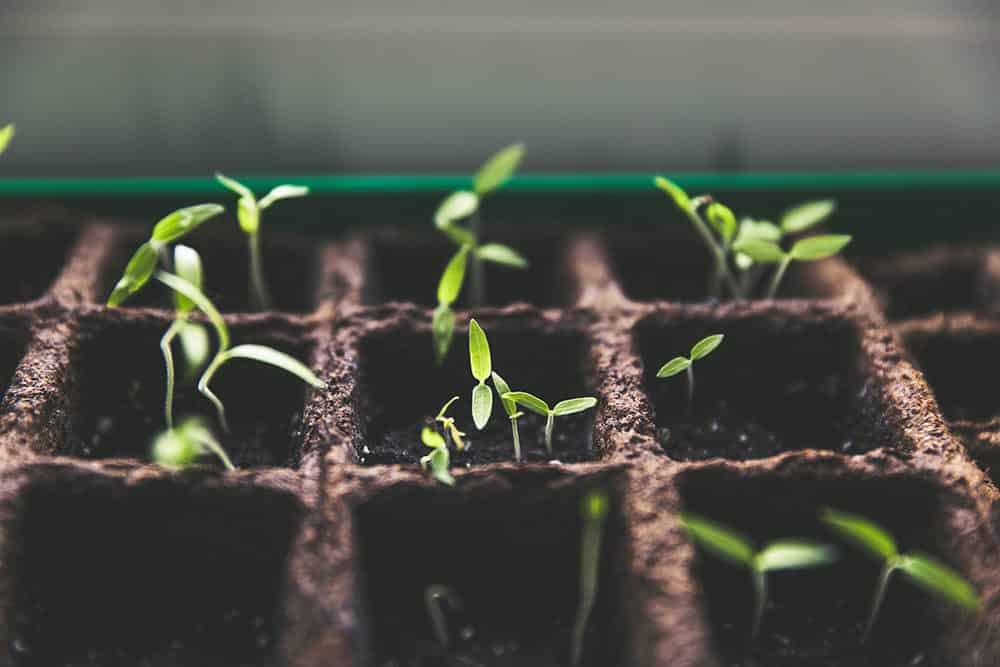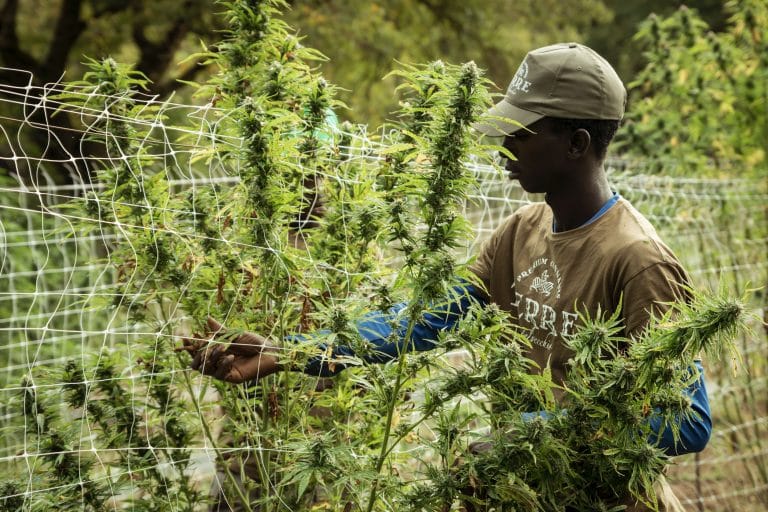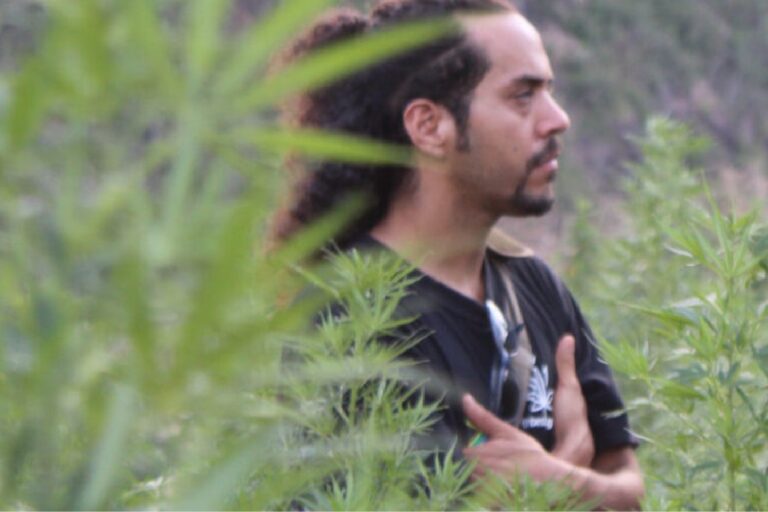Germination. The beginning of spring is usually the starting signal for outdoor cannabis cultivation. We are already seeing how the days are gradually getting longer and we are leaving behind the typical winter temperatures. The cannabis that grows in the wild and whose seeds have spent the autumn and winter in the soil, are noticing this rise in temperatures and increase in light to germinate naturally, a cycle that is repeated year after year.
The germination of a seed can last from 12 hours to 7-8 days, even more. Everything will depend on the medium used, the environmental conditions, the genetics or the age of the seeds. In itself, germinating a cannabis seed does not present any difficulty, although it is still one of the most delicate phases of the crop. Any mistake on our part, can make us lose a good amount of money, in addition to the time that we will be losing by having to try again with other seeds.
IDEAL CONDITIONS FOR GERMINATION
It is the most important thing to take into account, and where more failures are committed. The ideal conditions are:
Total darkness: light can damage the sprout once the seed hatches. In the worst case, the seed can die. If the sprout suffers damage, the seedling can move forward, although the initial root could be somewhat slower.
Temperature between 24 and 26ºC: temperatures below or above this range, makes the seeds take longer to germinate. Extreme temperatures, such as cold or excessive heat, can kill the seed or prevent it from germinating.
Relative humidity of 80 to 100%: a lower relative humidity also makes the seeds take longer to germinate. If the humidity is very low, below 50%, the seeds could dehydrate and end up dying.
METHODS TO GERMINATE SEEDS
When germinating seeds, there are different methods, all valid but always taking into account the relative to the optimal conditions. The main ones are:
On paper napkins: it is possibly the most used method.
On a plate, put a paper napkin moistened, but not waterlogged. The seeds are placed on the napkin, covered with another wet napkin, and with another dish turned over, we cover our improvised germinator.
The darkness will be absolute, the relative humidity very high, and we would lack the optimum temperature. We can choose to place the plate, for example, on a modem, on the back of a refrigerator, etc…
In peat or coconut jiffys, or stone wool blocks: they are very comfortable, you just have to hydrate them, drain the excess water, and make a hole with a toothpick, we introduce the seeds approximately one centimeter deep.
The humidity will be appropriate, but in view of the humidity, we must watch that the jiffy rock wool blocks do not dehydrate. We will also look for a place in our house with a good temperature.
Directly on the substrate: probably the best method, since there is no manipulation of the seed once germinated.
Also from the first moment the root will begin to colonize the substrate and will have a large amount of nutrients for its perfect development. The darkness as in the jiffys will be the appropriate, the highest humidity since generally it is opted for larger pots than a jiffy, and in terms of temperature, we should look for a place that meets the appropriate conditions.
AND ONCE THE SEEDS GERMINATE?
During germination, using any method other than jiffy or directly on the substrate, the seeds should be monitored every so often. It is not advisable that the sprout gets too big, since when we pass it to the ground we could accidentally damage it. We must bear in mind that it is very fragile. Ideally, once you have reached a size of 0.5 to 1cm, pass it to a pot.
It is also important to use a good substrate, the newly germinated seeds are prone to fungal attacks. And these abound on low quality substrates and even on the ground.
The substrates of the best manufacturers are sterilized, free of diseases and weeds. In addition, its structure is perfect.
You should avoid excessive waterings but also that the substrate becomes dehydrated in excess. And from the first moment that the small seedling sprout from the earth, we must guarantee long hours of sunshine.
If we do everything correctly, in a short time our seeds will become small plants which will start together with us, on a good adventure!
Article contributed from lamarihuana.com



